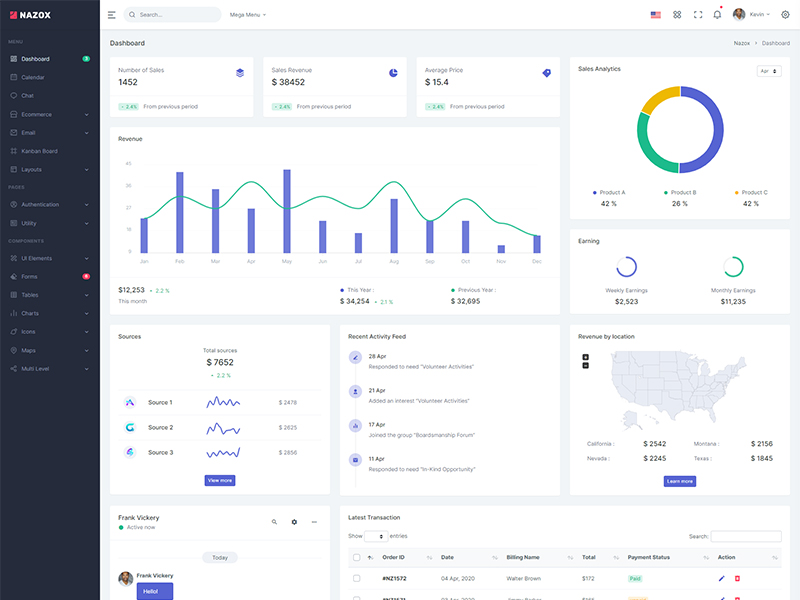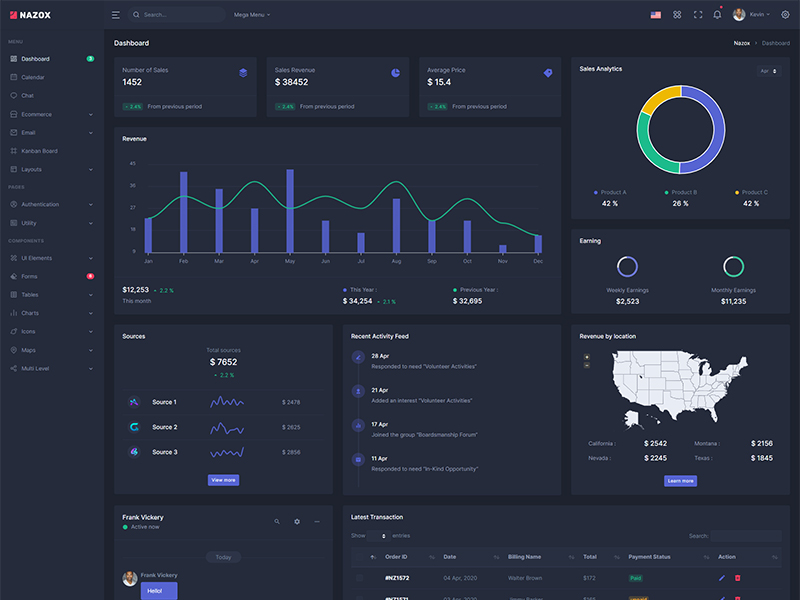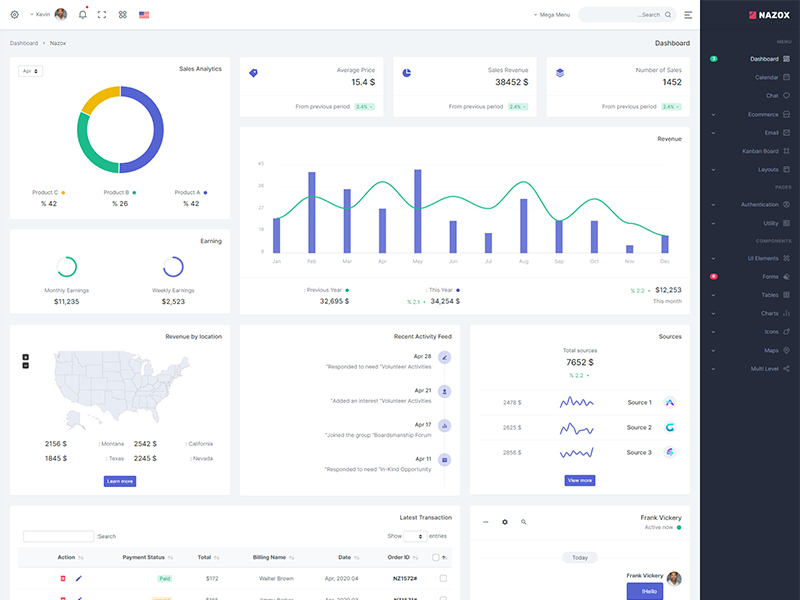
Lot Size Calculator
What are Pivot Points?
In a price chart, a pivot point is the sum of an instrument’s previous trading day high, close, and low prices, divided by three. On the following trading session, if the instrument’s price is below the pivot point level, it can signal an ongoing downtrend, while if the instrument’s price is above the pivot point level, it can be interpreted as an ongoing uptrend.
The pivot point calculating formula (High+Low+Close)/3 of a financial instrument maps out the pivot point levels consisting of the pivot level and the three levels of price support and resistance. These support and resistance price levels can be traded much the same way as trading from the regular support and resistance levels and trendlines, using a mix of breakout and bounce trading strategies.
The major advantage of the pivot point strategy is the fact that it is very common, as so many traders, including large institutional professional traders, use the same levels based on the same formula. Pivot point strategies are popular as those levels are predictive as opposed to lagging. Several traders use the calculations of an asset's previous trading day price to calculate the possible reversal points or breakout levels for the current trading session.
Our Pivot Point Calculator will accurately calculate the 7 pivot points of any financial instrument’s price: the pivot point, the 3 resistance price levels, and the 3 support price levels. The three most common levels are the pivot point (PP), the first level of resistance (R1), and the first level of support (S1).
How to Use the Pivot Point Calculator
Type: In this field, traders can select from four different pivot point calculation methods. The difference between the four different calculation methods is the number of levels considered and displayed:
Standard method: 7 levels ranging between the R3 and S3.
Woodie method: 5 levels ranging between the R2 and S2.
Camarilla method: 9 levels ranging between the R4 and S4.
DeMark method: requires the asset's opening price and calculates only 2 levels ranging between the R1 and S1.
Let's say, for example, that we want to calculate the Standard pivot points for the EUR/USD and for the next trading session. Firstly, for our example, we will select the Standard calculation method.
High price: In this field, we enter the highest price that the EUR/USD pair reached on the previous trading session, for example, 1.20552.
Low price: Similar to the previous field, we enter the lowest price that the EUR/USD pair reached on the previous trading session, for example, 1.19653.
Close price: Finally, we enter the closing price for the EUR/USD pair on the previous trading session, for example, 1.20154.
Now, we hit the "Calculate" button.
The results: The Pivot Point Calculator (in Standard mode) will calculate and display the 7 pivot levels for the EUR/USD pair for the next trading session. The PP level for the following day will be 1.2012, and the 3 support levels will be 1.1969 (S1), 1.1922 (S2), and 1.1879 (S3). The 3 resistance levels will be 1.2059 (R1), 1.2102 (R2), and 1.2149 (R3).
Note:
The pivot point trading strategy can yield good results as it is a non-lagging price action trading strategy used by several professional traders. But several retail CFDs brokers have data servers in different time-zones, and data may differ when compared to the official markets. Thus, charts and prices on trading terminals might be different from broker to broker.
For an effective pivot point strategy, the data used for the calculations should be the data extracted from an asset's official market trading hours, in order that the prices used (high, low, and close) match the price data from the official market.






